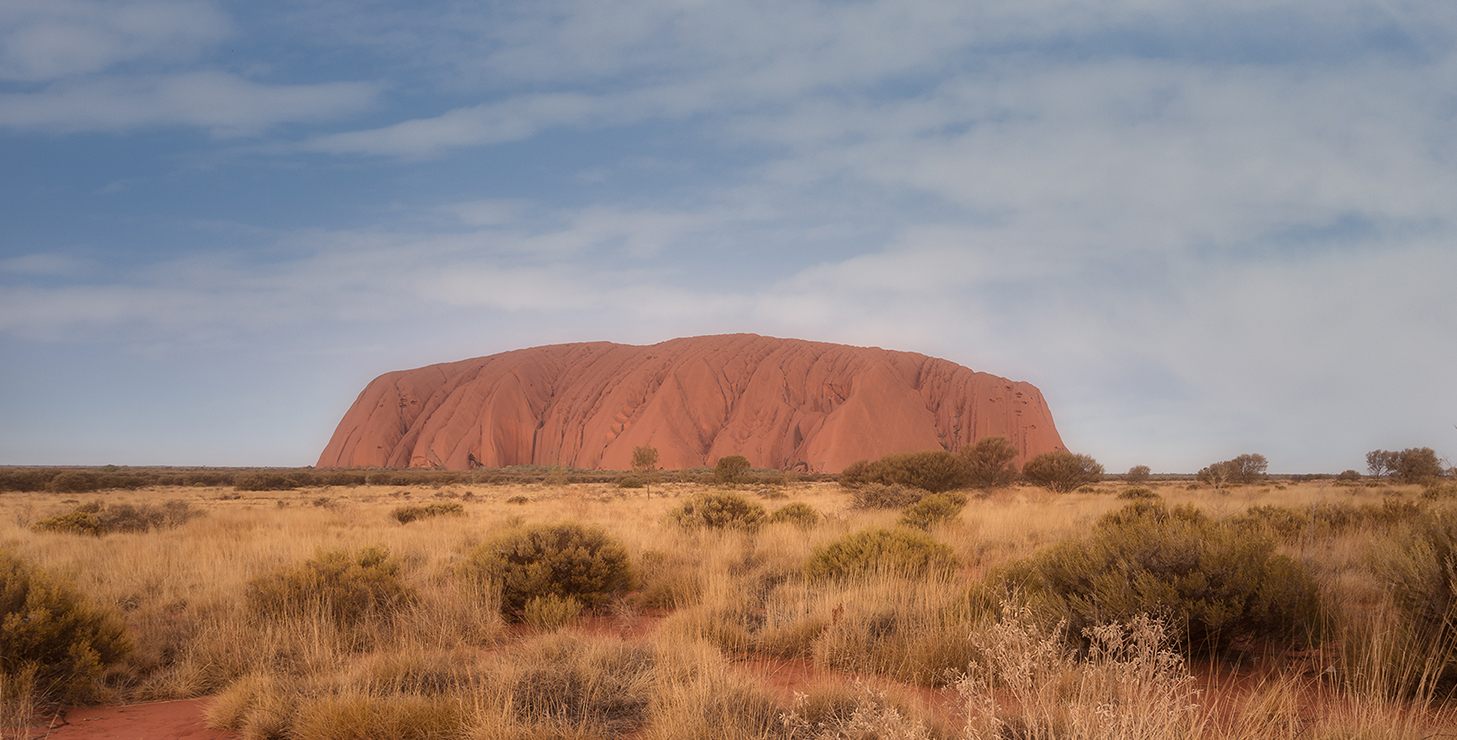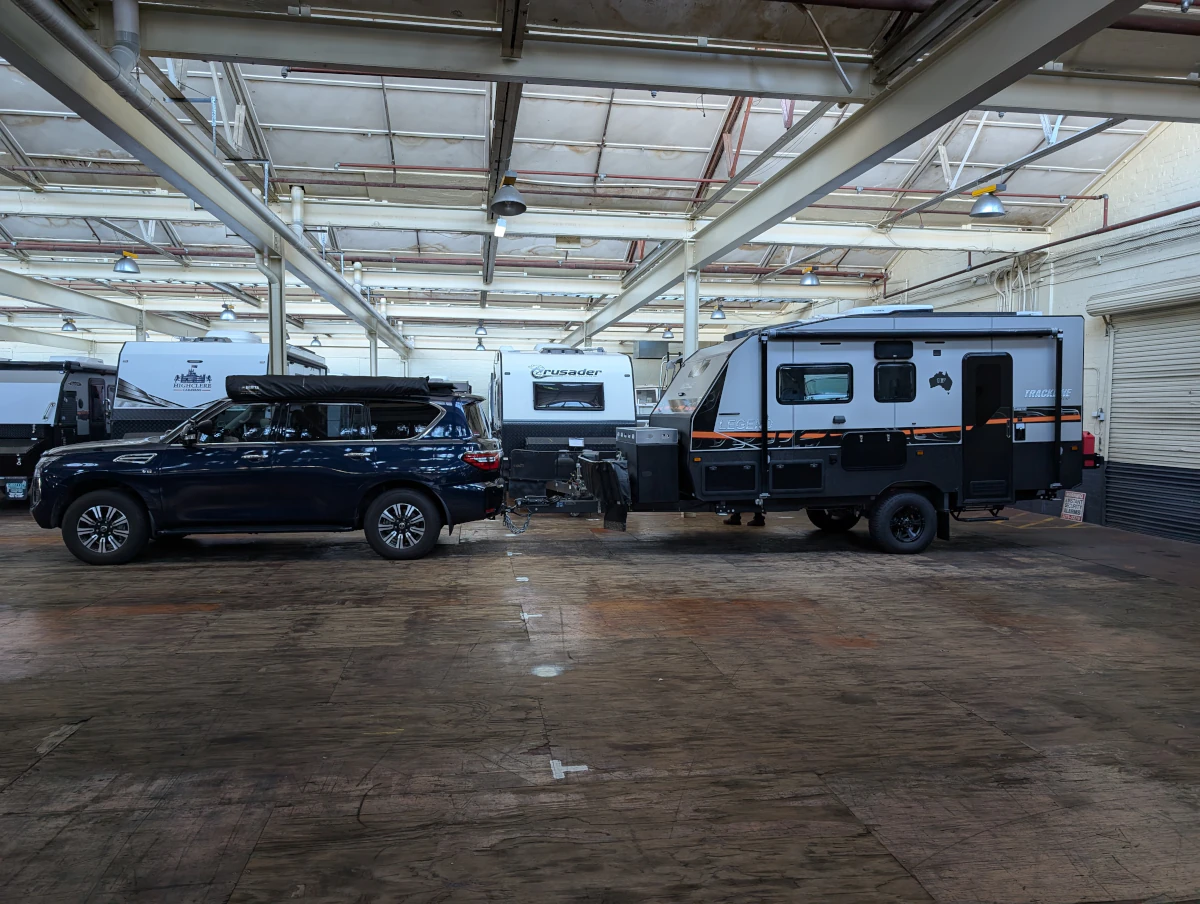Why 3 Out of 4 Fail the Test
As we’ve been travelling around Australia, we’ve come to realise that towing weights aren’t just about caravans. The problem is often the entire setup: tow vehicle and caravan together. You pass other vehicle setups along the road, and ask yourself, “how is that even close to being legal?”
I came across a YouTube video that really drove this home. The numbers were staggering: almost three-quarters of towing rigs tested were overweight somewhere. Here’s what stood out to me—and why anyone planning a lap of Australia needs to pay attention.
Summary
- Three-Quarters of Rigs Are Non-Compliant – About 75% of caravan/tow vehicle combinations tested failed somewhere—ATM, GVM, axle load, or towball weight.
- Caravans Over Their ATM – Nearly half of caravans were over their Aggregate Trailer Mass, and 29% had unsafe towball mass.
- Tow Vehicles Overloaded – Tow vehicles were no better: rear axles (47%) and GVM (40%) were the most common failure points.
- American 1500 Trucks Aren’t a Magic Bullet – Nearly 80% of 1500 series pickups failed compliance, mostly because of poor rear axle limits. Without a GVM upgrade, they can’t tow heavy vans legally.
- The LandCruiser 200’s Hidden Weakness – Australia’s most popular tow vehicle has just 650 kg of payload, quickly eaten up by passengers, accessories, and towball download. Even with upgrades, 80% of setups failed.
- Heavier Vans Drive Vehicle Failures – Caravans averaging 3.3 tonnes put huge pressure on tow vehicles. Lighter vans behind utes or SUVs had fewer compliance issues.
- Payload Reality Check – More than half of vans had less than 650 kg payload capacity—barely enough for two adults with water and gear, let alone families.
- Accessories Add Up Fast – Fridges, slides, batteries, drawers, and canopies often tip vehicles into overload. A GVM upgrade is often essential, but even then you have to load smart.
- Canopies Are Payload Killers – Heavy canopies and trundle drawers add big weight behind the rear axle, one of the worst places to carry extra kilos.
The Realities of Towing
If you find yourself bringing everything—extra tools, every camp gadget, half the shed—it’s time to compromise. Compromising is the answer to staying within legal limits.
The same thing for vehicle accessories, you don’t need everything imaginable on the car.
Even with our modest setup, we are close the the ATM for the caravan, and the TBM (Tow Ball Mass) is getting close to the limit as well.
If you are starting the journey of buying a caravan, then on a reasonably standard vehicle, the following statement should be a good starting point, a good practical shortcut to get you started.
A good starting point is to aim for 70–80% of your vehicle’s maximum tow rating. At 70%, you’ve got a big safety margin. At 80%, you can tow a little more caravan but still stay on the safe side. What you should avoid is running right up at 100% — that’s when the problems begin.”
Final Thoughts
Overweight towing setups are far more common than most travellers realise. It’s not just the caravan—it’s the vehicle, the axles, the towball, the whole rig.
If you’re planning your trip, I strongly suggest watching the video linked above. It shows the scale of the problem and why safe towing in Australia comes down to compromise, smart loading, and sometimes upgrades.
At the end of the day, we’re out here to enjoy the journey. Staying within limits means peace of mind, and an easy drive, so we can enjoy the sunsets.
Thanks for reading Overweight Towing Setups in Australia. Shadow, the van, and the two of us will catch you at the next campsite.
If you like this type of content, please consider signing up for our newsletter.


Leave a Reply